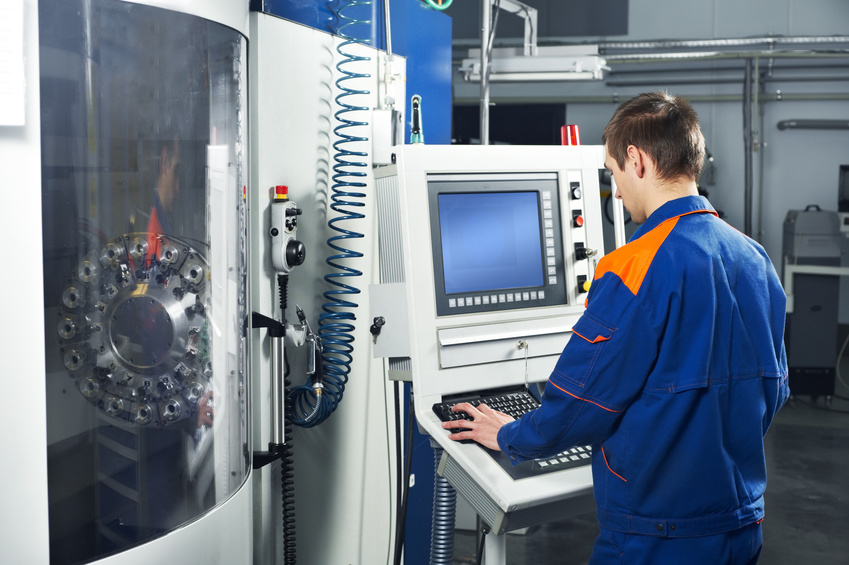
Javier Tamayo may looks like a seasoned journey machinist as he nimbly rotates a wrench to replaced chipped precision cutting tools in computerized machine cutting device as Bridgestone’s metal parts factory in Wheeling, Illinois.
At the tender age of 19, Tamayo, was able to the land the $12-an-hour position last year after successfully graduating from Wheeling High School’s manufacturing program. He is now on a career path that can pay upwards of $80, 000, a rarity even for some college graduates who have advanced degrees.
Like many high schools around the country, Wheeling has been cranking out ready-to-hire, young manufacturing workers for six years. Like Wheeling, many high schools have recently adopted or revived machining and manufacturing programs to help land students table, high-paying jobs, as well as to fill a severe shortage of skilled machinists, welders, and technicians.
During these programs, students learn how to safely operate the tools of the trade, including precision cutting tools such as threaded shank cutting tools, mold masher tools, and mill cutting saws. They also learn how to maximize machine tool capabilities.
As the machining and manufacturing industries began to decline, manufacturing courses were dropped from high schools’ vocational and trade education programs. However, despite high post-recession employment rates, manufacturers still have difficulty filling hundreds of thousands of job openings.
For more information, read this website.